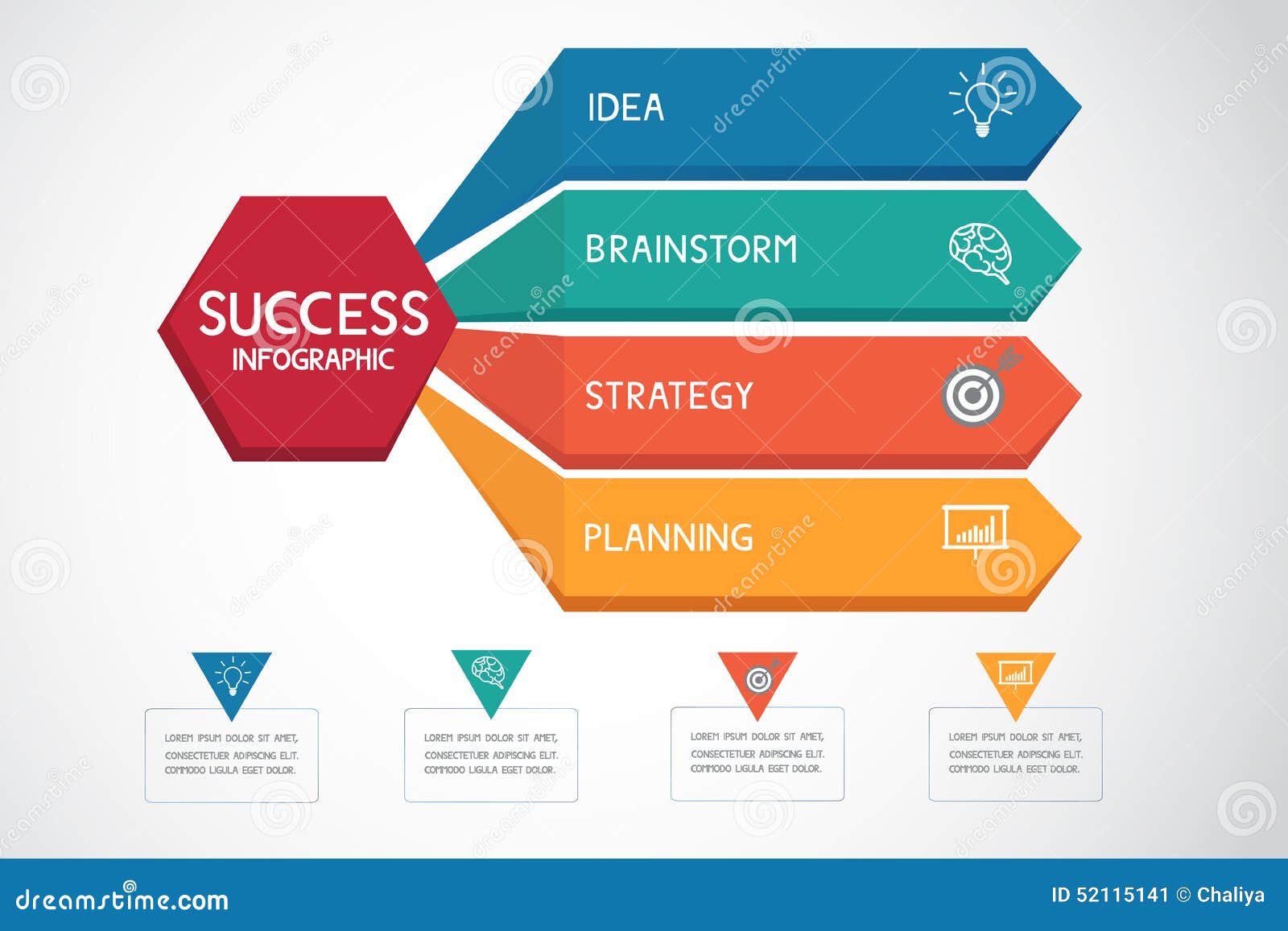Intrigued In Finding Out Exactly How Site Style Has Evolved? Explore The Trip From Uncomplicated Styles To User-Centric Techniques
Intrigued In Finding Out Exactly How Site Style Has Evolved? Explore The Trip From Uncomplicated Styles To User-Centric Techniques
Blog Article
Short Article Produced By-Collier Vangsgaard
In the past, internet sites were basic and concentrated on details. Navigation was straight, and design was for desktop computers. Currently, individual experience is crucial. Information guides layouts for easy navigating. Receptive formats suit various tools. Today, dark mode minimizes pressure, and minimal menus enhance navigating. Interactive features engage individuals, and bold visuals stick out. AI assimilation improves involvement. See exactly how layout has actually evolved to boost your on the internet journey.
Very Early Days of Website Design
In the early days of web design, simpleness preponderated. Sites were basic, with minimal colors, font styles, and layouts. The emphasis got on supplying info as opposed to showy visuals. Individuals accessed the internet via slow-moving dial-up connections, so speed and functionality were key.
Navigation menus were straightforward, typically located on top or side of the web page. just click the up coming article were created for desktop computers, as mobile browsing had not been yet prevalent. Content was king, and developers focused on easy readability over complex design aspects.
HTML was the main coding language utilized, and designers had to function within its restraints. Animations and interactive attributes were minimal compared to today's requirements. Sites were static, with little vibrant web content or personalized individual experiences.
Rise of User-Focused Design
With the evolution of web site style, a shift in the direction of user-focused layout principles has ended up being increasingly noticeable. Today, producing sites that prioritize individual experience is vital for involving site visitors and achieving service objectives. User-focused layout entails recognizing the requirements, choices, and behaviors of your target market to customize the web site's design, material, and features accordingly.
Designers now conduct complete study, such as user studies and functionality screening, to collect insights and responses directly from customers. This data-driven approach helps in developing instinctive navigation, clear calls-to-action, and visually appealing user interfaces that resonate with visitors. By positioning the individual at the facility of the layout process, internet sites can provide a more individualized and pleasurable experience.
Receptive style has additionally emerged as a vital aspect of user-focused style, making sure that sites are enhanced for different devices and display dimensions. This versatility boosts ease of access and usability, catering to the diverse ways customers interact with sites today. Basically, the increase of user-focused style represents a change towards developing digital experiences that focus on the requirements and assumptions of the end individual.
Modern Trends in Website Design
Explore the most recent trends forming web design today. One prominent pattern is dark mode design, supplying a sleek and modern look while minimizing eye stress in low-light environments. Another vital trend is minimalist navigating, simplifying menus and improving individual experience by focusing on essential elements. Including micro-interactions, such as computer animated switches or scrolling results, can create a more appealing and interactive web site. Responsive layout remains essential, ensuring smooth individual experiences throughout numerous tools. In addition, utilizing vibrant typography and asymmetrical formats can include aesthetic rate of interest and draw attention to details material.
Integrating AI innovation, like chatbots for customer support or customized recommendations, enhances individual involvement and simplifies processes. Accessibility has likewise end up being a considerable fad, with developers focusing on inclusive style practices to satisfy varied customer demands. Welcoming sustainability by maximizing site performance for speed and efficiency is another emerging fad in web design. Working together with customer responses and information analytics to repeat and improve design constantly is vital for staying relevant in the ever-evolving electronic landscape. By welcoming these modern-day trends, you can produce a visually attractive, straightforward site that reverberates with your target market.
Verdict
As you reflect on the advancement of internet site design from the very early days to now, you can see exactly how user-focused design has actually come to be the driving force behind contemporary trends.
Embrace the trip of change and adjustment in website design, constantly keeping the customer experience at the forefront.
Stay existing with the most recent fads and modern technologies, and never quit progressing your strategy to create aesthetically magnificent and straightforward internet sites.
Progress, adapt, and create - the future of website design remains in your hands.
